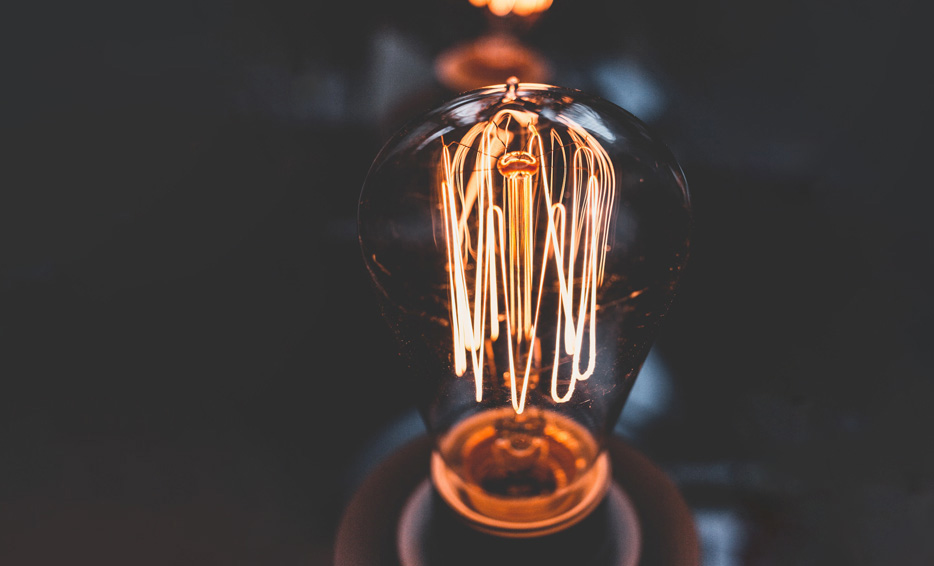

You too can easily save energy
Every resident can influence the energy consumption at their home. Even small actions in everyday use of electricity save money. At home, most of the electricity is used for heating the home and hot water. Domestic appliances and lighting also consume electricity. You can save energy by reducing unnecessary consumption and selecting energy-efficient lighting fixtures and electrical equipment.
Tips for saving electricity:
- Turn off the power when you are not using an electrical device or appliance.
- Only illuminate as needed – turn off the lights when you leave the room.
- Replace incandescent, halogen and energy-saving light bulbs and fluorescent tubes with LED lamps.
- Check that the refrigerator temperature is approx. +4–6 °C and the freezer temperature is -18 °C.
- Keep the refrigeration devices and their seals clean and their backs free of dust.
- Heat small quantities of food on the cooker rather than in the oven. Microwave oven is a fast and energy-efficient way to heat food.
- Place the food in the oven before it reaches full baking temperature. Also use the oven's residual heat.
- Read the instruction manuals of electrical equipment and install, operate and service the devices as instructed. This will increase their efficiency and service years.
- Do not keep the sauna heated if it is not in use.
- The power saving mode of devices consumes electricity. Turn off the devices completely and unplug, for example, the charging devices after use.
Conduct a do-it-yourself energy audit at your home. Find the energy guzzlers and put them under control.
Five good reasons to use LED lamps:
- low energy consumption
- long service life
- low overall impact
- multiple light tones available
- lights up immediately
The communal areas in all A-Kruunu buildings are supplied with 100% renewable electricity, either bioenergy, hydropower or wind power. Buying green electricity is an environmentally friendly act that helps to reduce climate emissions.
Disposing of light bulbs
Energy-saving light bulbs, fluorescent tubes and LEDs must not be disposed of with ordinary household waste. They must be returned to hazardous waste collection points or collection points for waste electrical and electronic equipment (WEEE). LEDs are also included in the WEEE collection. Only halogen lamps, incandescent bulbs and car bulbs belong to mixed waste. When discarded lamps are correctly sorted and recycled, some of the materials they contain can be recovered and reused.
Further information on the topic:
Astetta alemmas − saving energy towards winter (FI) (Valtioneuvosto)


